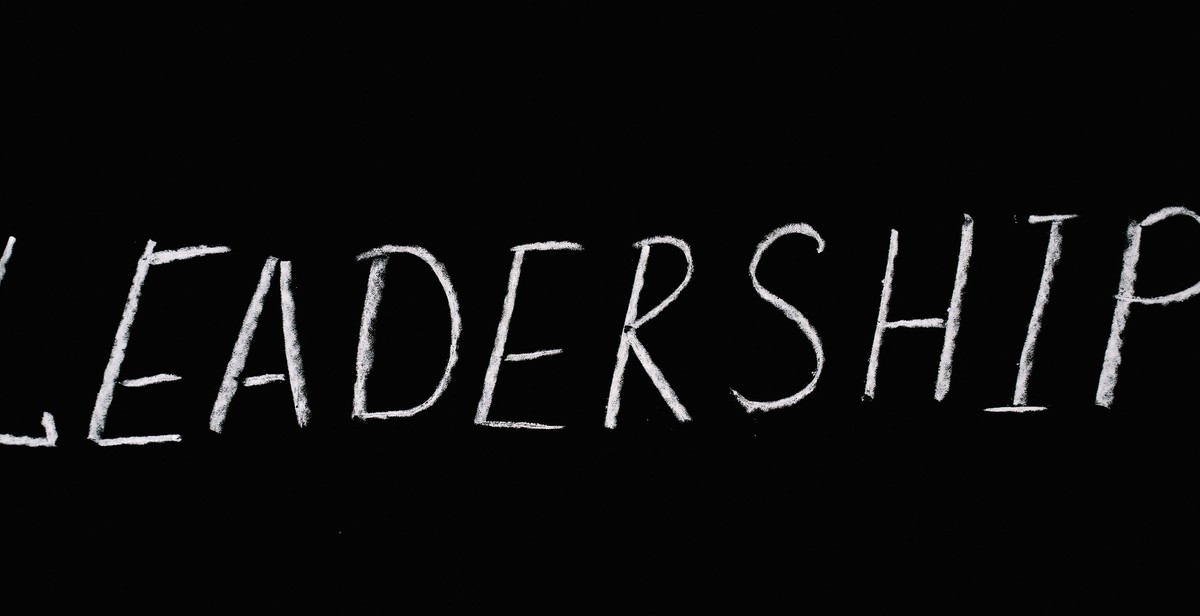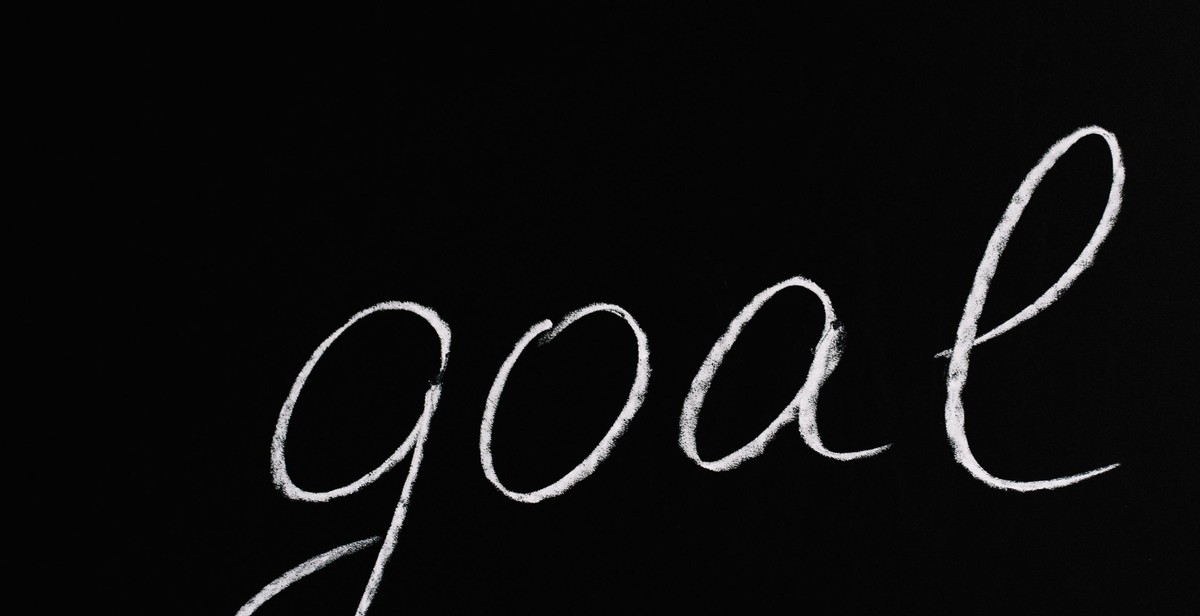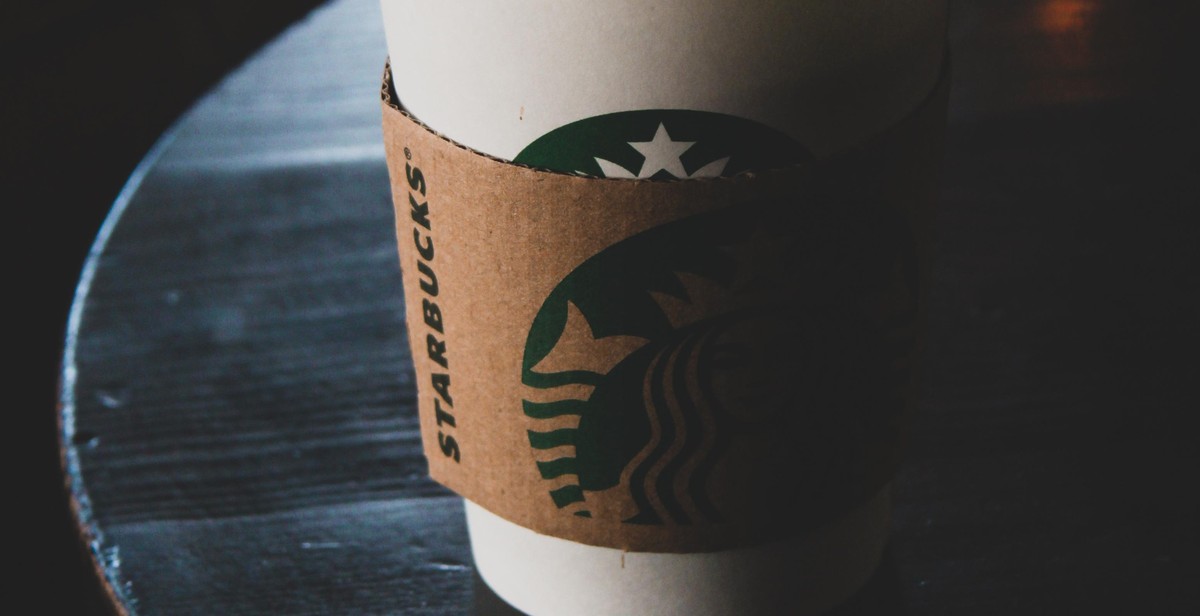How to Use Typography in Packaging Design: Enhancing Brand Identity and Shelf Appeal
When it comes to packaging design, typography plays a crucial role in creating a strong brand identity and attracting potential customers. Typography is not just about choosing a font, but also about using it in a way that enhances the overall visual appeal of the packaging. A well-designed typography can communicate the brand’s personality and message effectively, making it stand out on the shelves and in the minds of consumers.
The Importance of Typography in Packaging Design
Typography is an essential element of packaging design that can make or break a brand’s success. When used correctly, typography can help create a unique and memorable brand identity that resonates with consumers. Typography can also convey important information about the product, such as its features, benefits, and ingredients, in a clear and concise manner.
Choosing the Right Font
Choosing the right font is crucial for effective packaging design. The font should be legible, easy to read, and reflect the brand’s personality. It is essential to consider the target audience and the product’s positioning while selecting the font. For example, a luxury product may require a more elegant and sophisticated font, while a children’s product may require a playful and fun font.
Using Typography to Create Hierarchy
Typography can be used to create visual hierarchy and guide the consumer’s attention to the most important information. The use of different font sizes, weights, and styles can help create a clear and organized hierarchy that makes the packaging more visually appealing and easy to read.
Overall, typography is a critical element of packaging design that can enhance brand identity and shelf appeal. By choosing the right font, using it effectively, and creating a clear hierarchy, packaging designers can create packaging that stands out on the shelves and resonates with consumers.

Understanding Typography in Packaging Design
Typography refers to the art of arranging typefaces, fonts, and other design elements in a way that makes written language legible, readable, and appealing when displayed. It is a crucial element in packaging design as it has the potential to communicate brand identity, evoke emotions, and influence consumer behavior.
What is Typography?
Typography involves the selection of typefaces, point sizes, line lengths, line-spacing, and letter-spacing, among other design elements. It is concerned with the arrangement of text in a way that is visually appealing and enhances communication.
Typography is not just about selecting a font or typeface. It also involves the use of whitespace, color, and contrast to create a visual hierarchy that guides the reader’s eye and communicates the intended message effectively.
Typography in Packaging Design
Typography plays a critical role in packaging design as it has the potential to communicate brand identity, evoke emotions, and influence consumer behavior. Effective typography can make a product stand out on the shelf, create a memorable brand identity, and help consumers connect with the product emotionally.
When designing packaging, typography should be used to create a visual hierarchy that guides the reader’s eye and communicates the intended message effectively. This can be achieved by using different font sizes, weights, and styles to create contrast and draw attention to important information.
Typography should also be consistent with the brand’s identity and messaging. This means using fonts and colors that are consistent with the brand’s style guide and tone of voice. Consistency in typography helps to create a strong brand identity and makes it easier for consumers to recognize the brand on the shelf.
Finally, typography should be legible and readable. This means using appropriate font sizes, line spacing, and letter spacing to ensure that the text is easy to read. Illegible typography can be frustrating for consumers and can lead to a negative perception of the brand.
| Key Takeaways: |
|---|
| – Typography is the art of arranging typefaces, fonts, and other design elements in a way that makes written language legible, readable, and appealing when displayed. |
| – Effective typography can communicate brand identity, evoke emotions, and influence consumer behavior in packaging design. |
| – Typography should be used to create a visual hierarchy, be consistent with the brand’s identity, and be legible and readable. |

Choosing the Right Typography for your Packaging Design
Typography plays a crucial role in packaging design as it communicates the brand’s personality and message to the target audience. It also helps in enhancing the shelf appeal of the product. Choosing the right typography for your packaging design involves considering various factors such as brand personality, target audience, product type, typeface, font size and weight, and font color.
Consider the Brand Personality
The typography used in packaging design should reflect the brand’s personality and values. For instance, if the brand is modern and innovative, the typography should be bold and contemporary. On the other hand, if the brand is traditional and classic, the typography should be elegant and timeless.
Understand the Target Audience
The typography used in packaging design should also resonate with the target audience. For example, if the product is targeted towards children, the typography should be playful and fun. If the product is targeted towards the elderly, the typography should be easy to read and legible.
Consider the Product Type
The typography used in packaging design should also complement the product type. For instance, if the product is a luxury item, the typography should be sophisticated and refined. If the product is a health supplement, the typography should be clean and simple.
Choosing the Right Typeface
The typeface used in packaging design should be legible and easy to read. It should also complement the brand’s personality and values. Serif typefaces are elegant and traditional, while sans-serif typefaces are modern and contemporary.
Choosing the Right Font Size and Weight
The font size and weight used in packaging design should be appropriate for the product type and target audience. For example, if the product is a small item, the font size should be larger to ensure legibility. The font weight should also be appropriate for the typography to stand out on the packaging.
Choosing the Right Font Color
The font color used in packaging design should complement the brand’s color palette. It should also be legible and contrast with the background color of the packaging. For instance, if the packaging is dark, the font color should be light to ensure readability.

Typography Placement in Packaging Design
Typography placement is an essential aspect of packaging design that can make or break the success of a product. The way typography is placed on packaging can influence how customers perceive the brand and the product itself. Below are some key factors that should be considered when placing typography on packaging design:
Hierarchy and Composition
The hierarchy and composition of typography on packaging design are crucial in conveying the brand’s message and identity. The primary text should be the most prominent and easily readable. Secondary text should be less prominent but still legible, while tertiary text should be the smallest and least noticeable. The composition of typography should also consider the packaging’s shape, size, and materials. The typography should be placed in a way that complements the packaging’s design and highlights the product’s key features.
Placement and Alignment
The placement and alignment of typography on packaging design should be carefully considered to ensure readability and visual appeal. The text should be placed in a location that is easily visible to the customer, and the alignment should be consistent throughout the design. The typography should also be aligned with other design elements, such as images and graphics, to create a cohesive and visually appealing design.
Spacing and Proximity
The spacing and proximity of typography on packaging design are important in creating a clear and easy-to-read design. The spacing between letters, words, and lines should be consistent and appropriate for the font style and size. The proximity of the typography to other design elements should also be considered, as it can affect the readability and visual appeal of the design.
| Hierarchy and Composition | Placement and Alignment | Spacing and Proximity |
|---|---|---|
| – Primary text should be most prominent and easily readable. – Secondary text should be less prominent but still legible. – Tertiary text should be the smallest and least noticeable. |
– Text should be placed in a location that is easily visible to the customer. – Alignment should be consistent throughout the design. – Typography should be aligned with other design elements to create a cohesive design. |
– Spacing between letters, words, and lines should be consistent and appropriate. – Proximity of typography to other design elements should be considered for readability and visual appeal. |
By considering these factors, designers can use typography to enhance brand identity and shelf appeal, ultimately leading to increased sales and customer loyalty.

Typography Trends in Packaging Design
Typography plays a crucial role in packaging design as it helps to enhance brand identity and shelf appeal. In recent years, there have been several typography trends in packaging design that have gained popularity.
Minimalism and Simplicity
Minimalism and simplicity are two typography trends that have been around for quite some time now. They are characterized by the use of clean and simple fonts, with minimal embellishments and distractions. This trend is particularly popular in the food and beverage industry, where the focus is on the product itself.
Handwritten and Brush Script Fonts
Handwritten and brush script fonts are another typography trend that has gained popularity in recent years. These fonts add a personal touch to packaging design, making it feel more authentic and unique. This trend is particularly popular in the beauty and fashion industry, where brands want to convey a sense of individuality and creativity.
Bold and Serif Fonts
Bold and serif fonts have been making a comeback in packaging design in recent years. These fonts are characterized by thick and bold lines, which make them stand out on the shelf. This trend is particularly popular in the alcohol and luxury goods industries, where brands want to convey a sense of sophistication and elegance.
Vintage and Retro Typography
Vintage and retro typography is another trend that has been gaining popularity in recent years. This trend is characterized by the use of fonts that have a nostalgic or old-fashioned feel to them. This trend is particularly popular in the food and beverage industry, where brands want to convey a sense of tradition and heritage.
| Trend | Industry |
|---|---|
| Minimalism and Simplicity | Food and Beverage |
| Handwritten and Brush Script Fonts | Beauty and Fashion |
| Bold and Serif Fonts | Alcohol and Luxury Goods |
| Vintage and Retro Typography | Food and Beverage |
Overall, typography trends in packaging design are constantly evolving. By staying up-to-date with the latest trends, brands can enhance their brand identity and shelf appeal, and ultimately stand out in a crowded market.

Conclusion
In conclusion, typography is a critical element in packaging design that plays a vital role in enhancing brand identity and shelf appeal. It can communicate the brand’s message, values, and personality to the consumers, and also help in creating an emotional connection with them.
When designing packaging, it is essential to consider the typography that best represents the brand and its products. The right typography can make a product stand out on the shelf and attract consumers’ attention. It is also important to consider the readability, legibility, and hierarchy of the typography to ensure that the message is clear and easily understandable.
Moreover, with the rise of e-commerce, the importance of typography in packaging design has increased even more. As consumers are increasingly making purchase decisions online, typography plays a significant role in creating a positive first impression and conveying the brand’s message effectively.
Therefore, it is crucial to invest time and effort in choosing the right typography for packaging design and ensuring that it aligns with the brand’s overall identity and values. By doing so, businesses can create a lasting impression on consumers and increase their brand loyalty and sales.
